Nagoya stands as a testament to Japan’s rich cultural and historical narrative, often overshadowed by the glamour of Tokyo and Kyoto. Its majestic Nagoya Castle, a symbol of the city’s past strength, invites exploration of the Sengoku period‘s intricate stories. Meanwhile, the bustling Osu district harmonizes ancient traditions with modern vibrancy, captivating those who wander its streets. Local delicacies like hitsumabushi tantalize the palate, revealing culinary traditions steeped in history. Yet, beneath this lively surface lies a deeper narrative waiting to be uncovered, one that connects the threads of time and culture in unexpected ways.
Good To Know
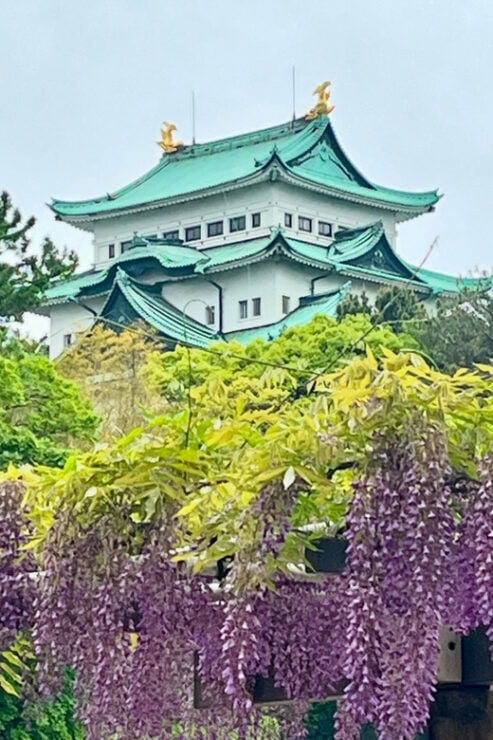
- Nagoya’s rich history is marked by its central role during the Sengoku period and the construction of Nagoya Castle in 1610.
- The city’s cultural significance is celebrated through vibrant festivals like Nagoya Matsuri, showcasing traditional arts and local heritage.
- Local cuisine, featuring specialties such as hitsumabushi and miso katsu, reflects Nagoya’s diverse history and culinary traditions.
- Key historical sites, including the Osu Kannon Temple and Toyoda Residence, highlight Nagoya’s samurai heritage and spiritual roots.
- The Osu district blends ancient and modern elements, offering a dynamic cultural experience through shops, temples, and street performances.
Overview of Nagoya

While many may think of Tokyo or Kyoto as the heart of Japan, Nagoya stands out with its rich tapestry of culture and history. Nestled between the bustling cities, it boasts a unique blend of tradition and modernity.
The skyline is punctuated by the iconic Nagoya Castle, a symbol of resilience and beauty. Streets buzz with energy as locals and visitors explore the vibrant Osu district, filled with eclectic shops and enticing eateries.
The city’s cultural path offers glimpses into its historical significance, showcasing architectural gems like the Toyoda Residence. With a strategic location that played a pivotal role in Japan’s unification, Nagoya captivates anyone willing to explore its storied past and dynamic present.
Interested in history? More Nagoya historical sites we've covered
Historical Context
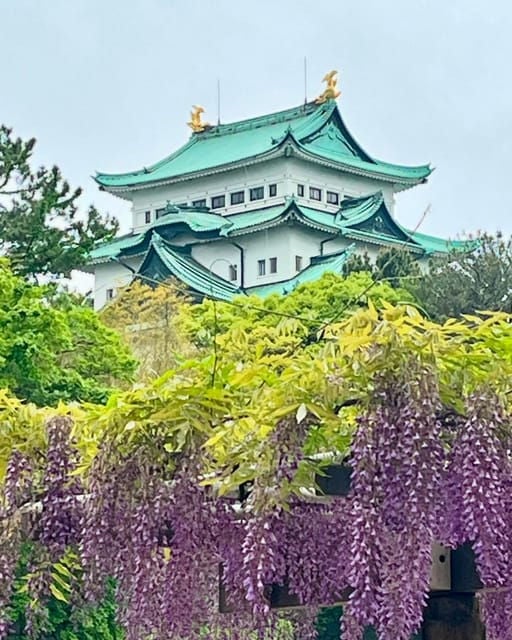
Nagoya’s historical context is deeply intertwined with its strategic significance during Japan’s tumultuous Sengoku period, a time marked by fierce battles and shifting alliances.
Positioned centrally, Nagoya served as a crucial battleground and supply base, enabling warlords to consolidate power. The construction of Nagoya Castle in 1610 symbolized this growing prominence, transforming the city into a political and military hub.
As clans vied for dominance, Nagoya’s population surged, fostering a vibrant culture amidst chaos. The city’s resilience during these conflicts not only shaped its identity but also laid the groundwork for its future as a center of commerce and innovation.
Thus, Nagoya emerged as a vital player in Japan’s unification, influencing the nation’s trajectory for centuries to come.
Cultural Significance

Within the tapestry of Japan’s cultural landscape, Nagoya stands out for its rich heritage and vibrant traditions. The city serves as a crucial link between Japan’s past and present, embodying a unique blend of historical significance and contemporary culture.
Its festivals, such as the Nagoya Matsuri, showcase traditional arts like dance and music, captivating locals and travelers alike. The culinary scene, highlighted by local specialties like hitsumabushi and Kishimen, reflects the region’s agricultural bounty and culinary innovation.
Plus, Nagoya’s thriving arts scene, punctuated by galleries and theaters, fosters creativity and community engagement. This cultural dynamism not only honors its historical roots but also propels Nagoya into a promising future, making it a cornerstone of Japan’s cultural identity.
Key Historical Sites
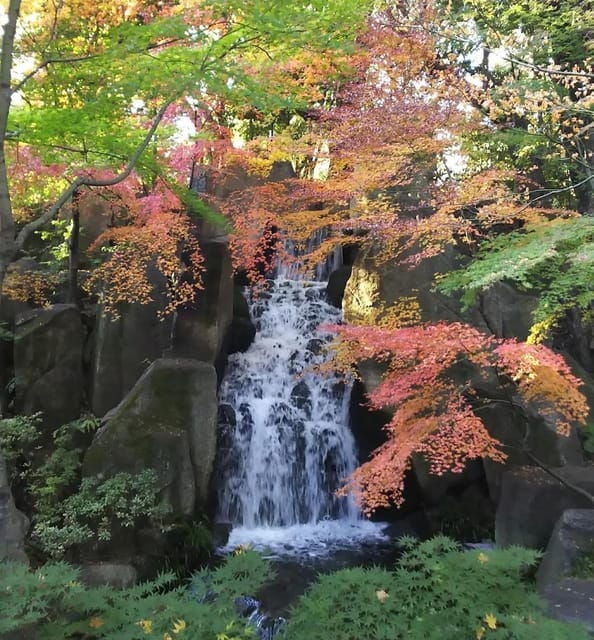
Exploring the key historical sites of Nagoya reveals a fascinating journey through Japan’s past. Each site narrates stories of the city’s rich heritage, from its strategic role during the Sengoku period to its influence on modern Japan. Visitors can enjoy the culture and history by visiting various landmarks.
| Site | Description | Significance |
|---|---|---|
| Toyoda Residence | A traditional samurai house | Insight into samurai lifestyle |
| Nagoya Archives | Repository of historical documents | Understanding Nagoya’s development |
| Shumokukan House | A museum showcasing local art | Celebrates regional creativity |
| Osu Kannon Temple | A prominent Buddhist temple | A spiritual hub for the community |
These sites collectively reflect Nagoya’s vibrant cultural tapestry and invite exploration into its storied past.
More Great Thing To Do NearbyNagoya Castle Exploration

A visit to Nagoya Castle captivates with its stunning architecture and historical significance. Nestled in the heart of the city, this iconic structure showcases a blend of traditional Japanese design and strategic fortification.
Visitors can explore the majestic main keep, where exhibits reveal tales of the castle’s role during Japan’s tumultuous Sengoku period. The golden shachihoko, a mythical creature perched atop the castle, glimmers in the sunlight, symbolizing protection and prosperity.
Surrounding gardens invite leisurely strolls, adorned with cherry blossoms in spring. As guests wander through the castle’s halls, they gain insights into Nagoya’s pivotal role in Japan’s unification, truly experiencing a piece of living history intertwined with modern culture.
- Customizable Private Food Tour in Nagoya
- Nagoya Private Tours With Locals: 100% Personalized, See the City Unscripted
- Market Tour and Authentic Nagoya Cuisine Cooking Class With a Local in Her Home
- Private Tour Guide Nagoya With a Local: Kickstart Your Trip, Personalized
- Origami Class in Nagoya
- Chubu Airport (Ngo): Private One-Way Transfer To/From Nagoya
The Osu District Experience

After soaking in the rich history of Nagoya Castle, visitors are drawn to the vibrant atmosphere of the Osu District, where tradition meets modernity.
This eclectic neighborhood buzzes with life, featuring a blend of ancient temples and trendy shops. Strolling through narrow streets, one can admire the stunning Osu Kannon Temple, a testament to the area’s spiritual roots.
Artisans showcase their crafts alongside bustling markets filled with unique finds, from vintage clothing to quirky souvenirs.
Visitors experience the pulse of local culture, with street performances and lively crowds enhancing the scene.
The Osu District invites exploration, offering a glimpse into Nagoya’s dynamic spirit, making it a must-visit destination for anyone wanting to experience the city’s rich tapestry of life.
Local Cuisine and Dining
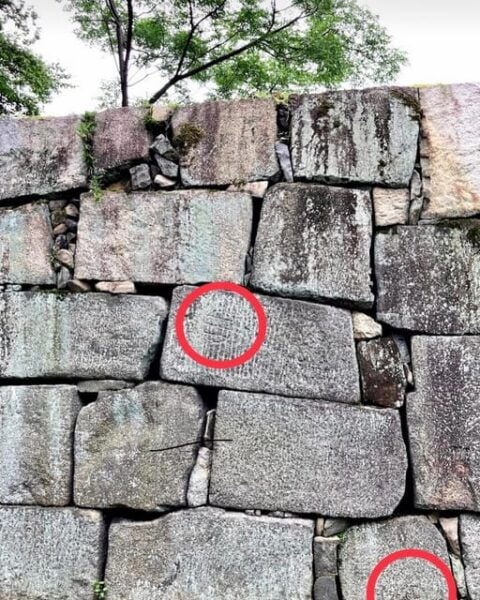
Nagoya’s culinary scene bursts with flavors that reflect the city’s rich history and cultural diversity. Known for its unique dishes, locals often indulge in hitsumabushi, a grilled eel delicacy served over rice, or miso katsu, a twist on the classic pork cutlet smothered in a rich red miso sauce.
The city’s signature chicken wings, tebasaki, are a must-try, renowned for their crispy texture and savory glaze. Dining options abound, from cozy izakayas to upscale restaurants, showcasing both tradition and innovation.
Street food stalls in bustling districts offer an array of snacks, including kishimen, flat udon noodles served in a savory broth. In Nagoya, each meal tells a story, inviting visitors to savor the city’s culinary heritage.
Tour Options and Customization
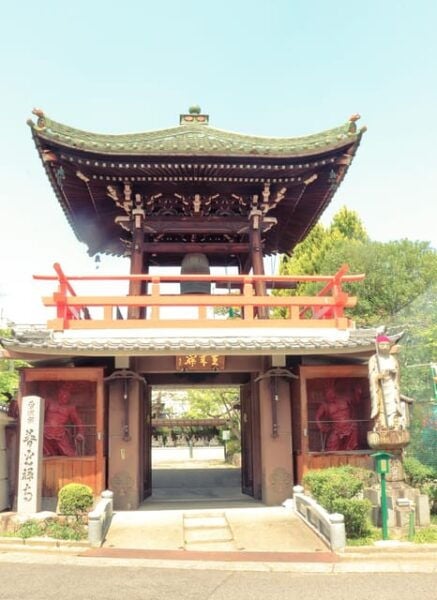
Exploring Nagoya’s culinary delights sets the stage for an unforgettable experience, but the city’s diverse tour options allow visitors to tailor their adventures to match personal interests and preferences.
Tourists can embark on a seven-hour journey, starting from just $99.81 per person, with the convenience of free cancellation up to 24 hours in advance. Guided in English, these tours highlight iconic locations like Nagoya Castle and the Osu Kannon Temple.
Participants can customize the itinerary, adjusting activity durations and travel times to create a personalized experience. With wheelchair accessibility and private group options, everyone can fully enjoy Nagoya’s rich culture and history, ensuring their visit is both memorable and suited to their unique desires.
Frequently Asked Questions
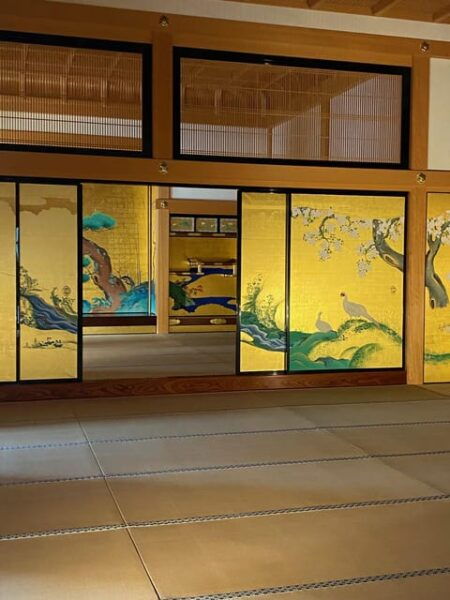
What Is the Best Time to Visit Nagoya?
The best time to visit is spring, when cherry blossoms bloom, creating a picturesque backdrop. Autumn also delights with vibrant foliage, offering mild weather and stunning scenery, making both seasons ideal for exploring the area.
Are There Any Local Events During the Tour?
During the tour, participants can enjoy local events showcasing traditional performances, seasonal festivals, and vibrant markets. These experiences immerse them in the area’s rich culture, offering unforgettable moments that enhance their overall adventure.
Is Nagoya Safe for Solo Travelers?
Many solo travelers find Nagoya safe and welcoming. The city’s efficient public transport, friendly locals, and vibrant neighborhoods create a reassuring atmosphere. With precautions, you can explore confidently and enjoy all the experiences Nagoya offers.
How Can I Get to Nagoya From Tokyo?
To get to Nagoya from Tokyo, he can take the Shinkansen for a swift 1.5-hour journey. Alternatively, he might opt for a bus, enjoying scenic views while traveling slightly longer at around 5 hours.
Are There Shopping Opportunities in Nagoya?
In Nagoya, shopping enthusiasts’ll find a vibrant mix of trendy boutiques, traditional markets, and bustling districts. From unique souvenirs to high-end fashion, the city’s diverse offerings cater to every taste and budget, ensuring a delightful experience.
The Sum Up
Nagoya, with its rich history and vibrant culture, invites exploration beyond Japan’s more renowned cities. Visitors find themselves captivated by the majestic Nagoya Castle and the eclectic charm of the Osu district. The city’s culinary delights, like hitsumabushi and tebasaki, tantalize taste buds and reveal its culinary heritage. As festivals pulse with life and art flourishes, Nagoya stands as a testament to Japan’s diverse cultural landscape, offering an unforgettable experience for all who wander its streets.
You can check if your dates are available here:More Historical Tours in Nagoya
- 1-Day Tour From Nagoya: Hiking the Historic Nakasendo Trail
- 1-Day Tour: Nagoya Castle, Gardens & Historic Estate
- Private Tour Nagoya. Nagoya Heritage & Modernity
- Nagoya to Hida Takayama & Shirakawago World Heritage Day Tour
- 2-Day : Cultural Spa and Hakama Experience in Historic Nagoya
- Nagoya: Hida Takayama & World Heritage Shirakawa-go Day Tour
More Tour Reviews in Nagoya
Looking for something different? Other Nagoya activities we've written about
- Shirakawago and Takayama Bus Tour From Nagoya
- Gujo, Hida Takayama, and Shirakawa-Go Day Tour From Nagoya
- Private Walking History Tour in Nagoya
- Sumo Tournament Experience in Nagoya
- 2DAYS 1NIGHT Private Tour, Tokyo~Nagano~Nagoya, 2-10 Guests
- Garden Stroll and Matcha Break in Nagoya
- Full Day Private Tour in Kiso Valley and Magome Tour From Nagoya
- Shirakawago and Takayama 2 Days Tour From Nagoya
- Nagoya Historic Townscape Street Private Food Walking Adventure
- Nagoya Kakuozan Historical Walk With Incense Ceremony Experience
- A Day of Samurai Spirit in Nagoya a Daimyo Legacy
- Walking Tour of Nagoya’S Nightlife and Cuisine With Snack Bar
